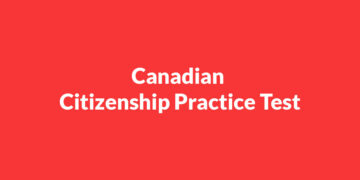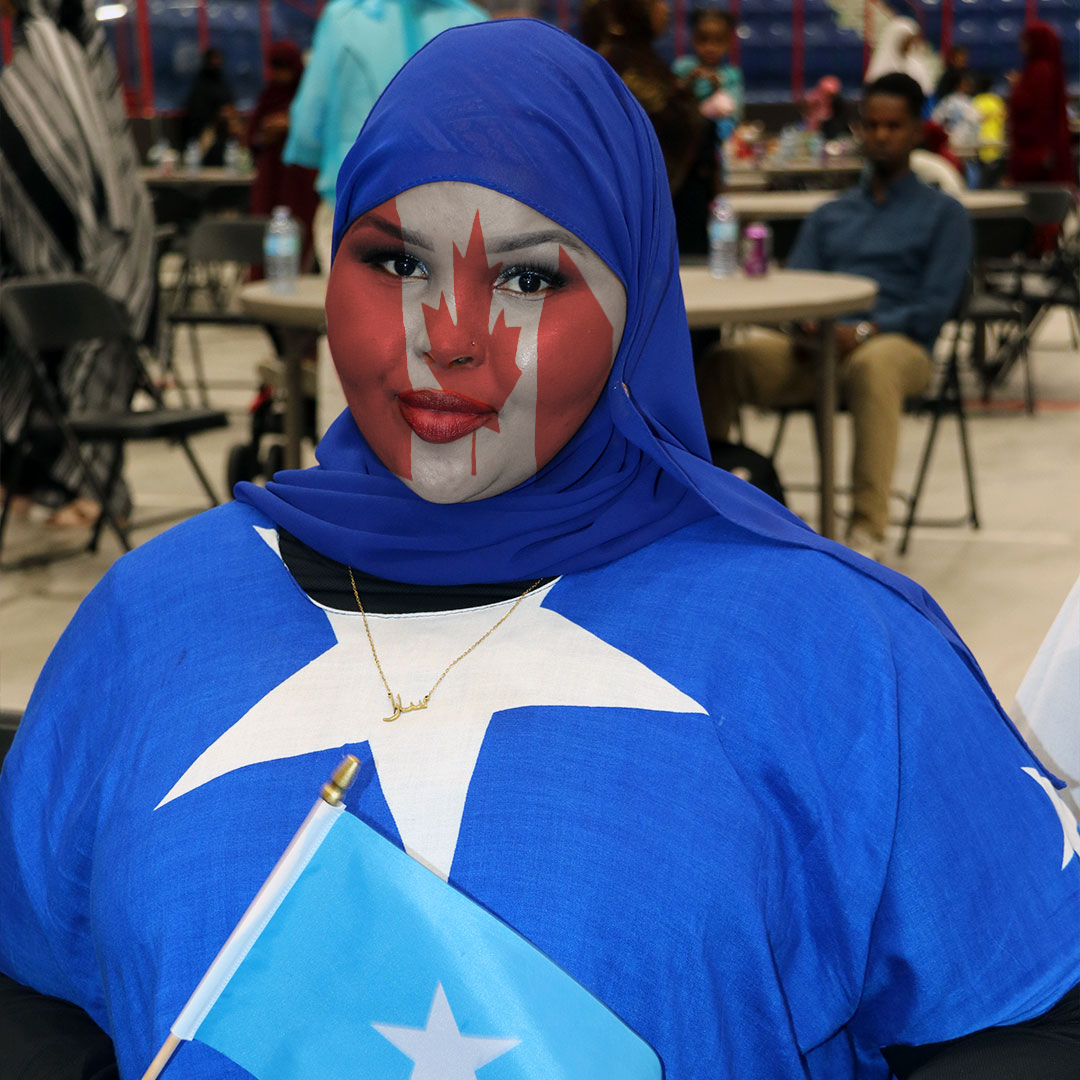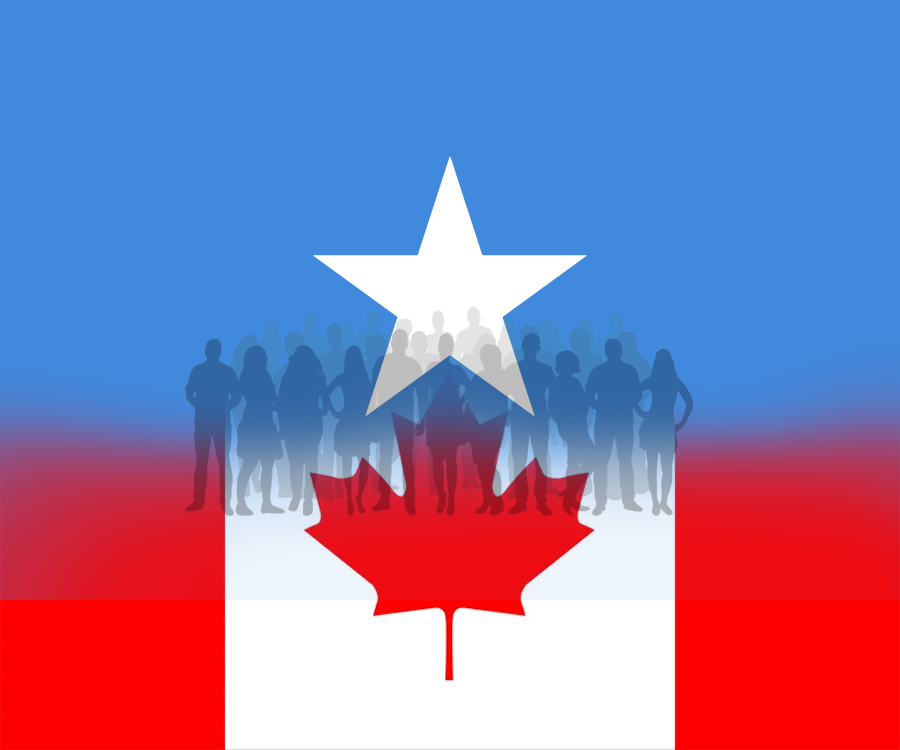Introduction
Every year between June 26 and July 1, Somalis at home and abroad unite to celebrate Somali Independence Day. These dates mark a turning point in history, when British Somaliland gained independence on June 26, 1960, followed by Italian Somaliland on July 1, 1960. Just days later, the two territories united to form the Somali Republic.
Somali Independence Day is more than a historical event. It is a symbol of resilience, unity, and cultural pride. From Mogadishu to Minneapolis, from Hargeisa to Toronto, Somali communities commemorate the day with parades, music, food, and cultural performances.
The History of Somali Independence Day
The Road to Freedom
June 26, 1960: British Somaliland (Northern Somalia) gained independence from Britain.
July 1, 1960: Italian Somaliland (Southern Somalia) also gained independence.
Days later, the two territories united to form the Republic of Somalia.
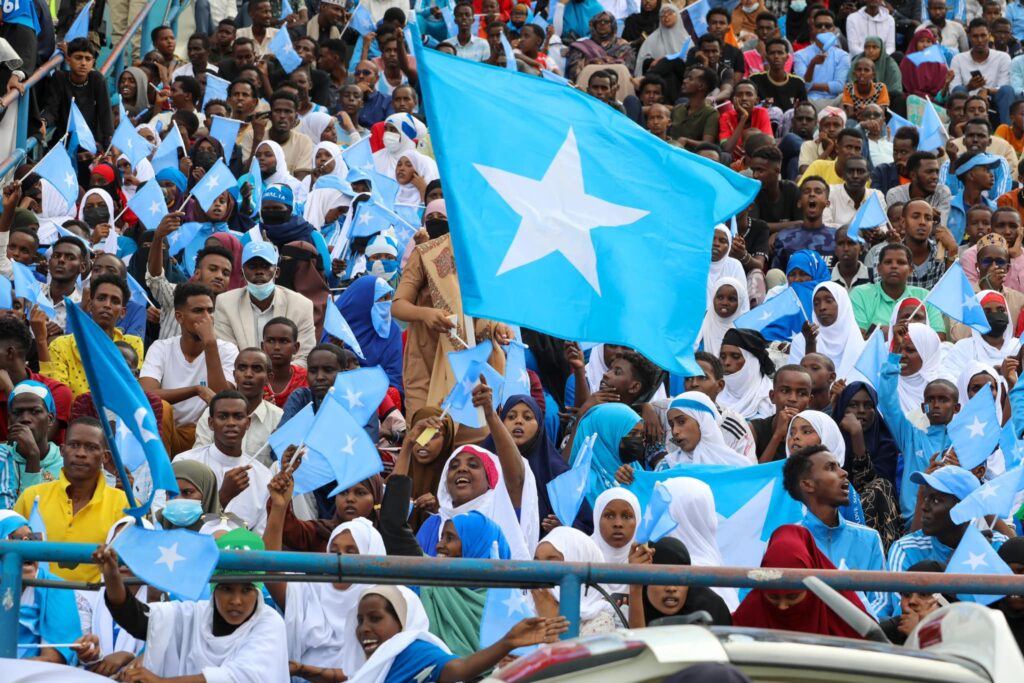
Adan Abdulle Osman (Adan Adde) became the first President, and Abdirashid Ali Sharmarke was elected Prime Minister. Their leadership marked the beginning of Somalia’s democratic era.
Building a Nation
In 1961, Somali citizens approved a new constitution through a referendum, affirming their vision for a united and democratic country.
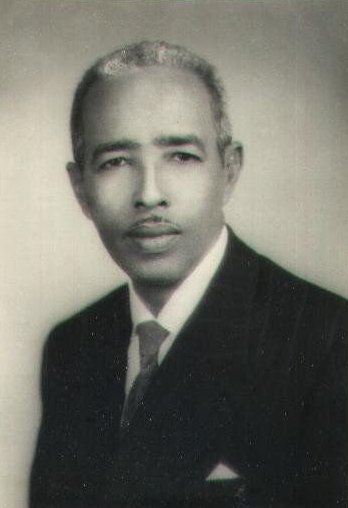
Turning Points
In 1969, tragedy struck when President Sharmarke was assassinated. A military coup led by Mohamed Siad Barre soon followed, ushering in decades of military rule that lasted until 1991.
Celebrations in Somalia
In Somalia, the capital city of Mogadishu becomes the focal point of Independence Day festivities. Streets are adorned with flags and banners, parades line the avenues, and public speeches emphasize the importance of unity and resilience.
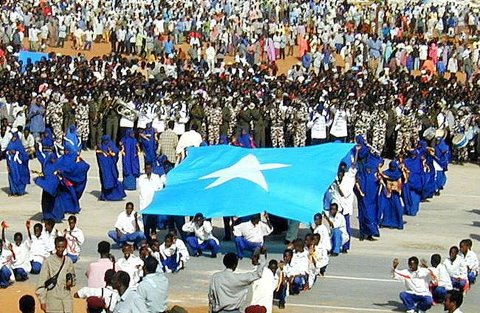
Across the country, cultural performances, national music, and traditional dances showcase Somali pride. Leaders from regions such as Puntland, Galmudug, and Jubaland also host events.
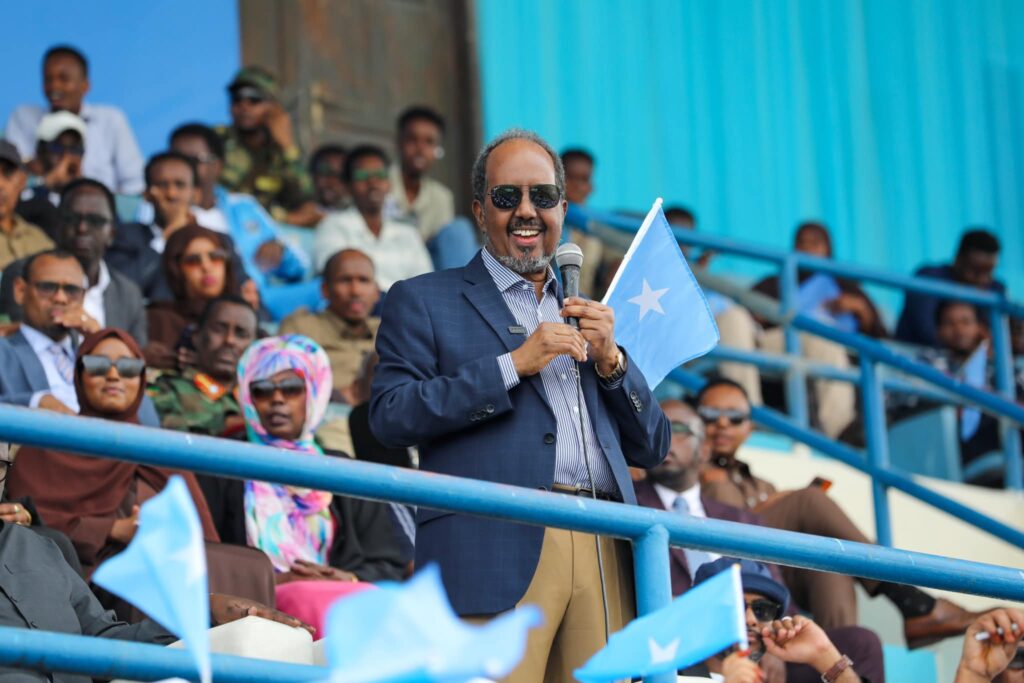



Somali Independence Day Around the World
Diaspora Celebrations
Somali communities abroad play a vital role in preserving the spirit of independence. In cities such as Minneapolis, Toronto, London, Stockholm, and Nairobi, Somali diaspora organizations host Independence Day festivals.

Canada and the United States
In Canada, cities such as Edmonton, Toronto, and Ottawa host vibrant celebrations, often with the support of local governments. In the United States, Minneapolis hosts some of the largest Somali Independence Day events outside of Somalia.
These festivals include concerts, cultural showcases, and youth activities that strengthen Somali identity abroad.
Culture at the Heart of Independence Day
Traditional Music and Dance
Performances of Dhaanto and Buraanbur highlight Somali rhythm and history.
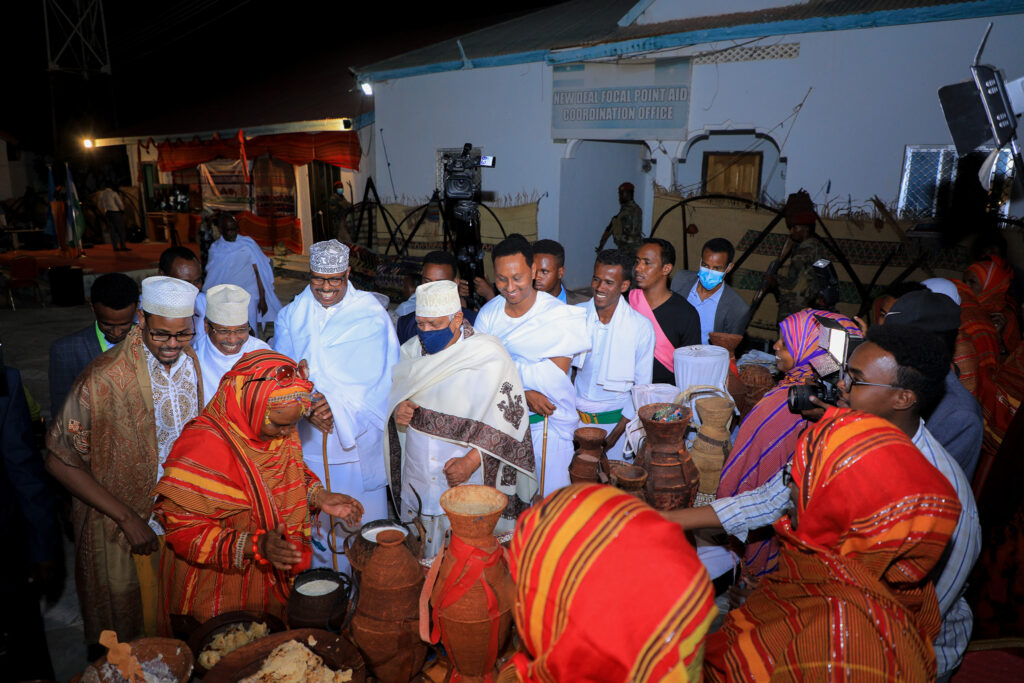
Somali Cuisine
Food is another highlight. Families share Somali staples such as:
- Bariis iskukaris – spiced rice
- Sambusas – stuffed pastries
- Canjeero – Somali pancakes

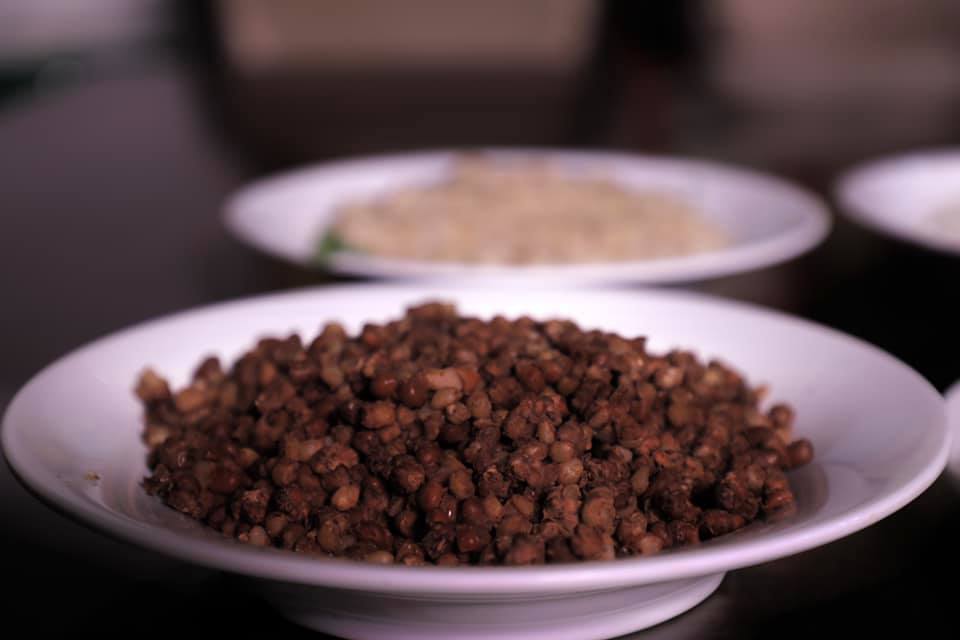
Why Somali Independence Day Still Matters
Somali Independence Day is about more than remembering the past. It celebrates identity, resilience, and hope for the future. For young Somalis in the diaspora, it is a way to connect with their heritage and learn about the sacrifices of earlier generations.
It also provides Somali communities a platform to educate others, strengthen unity, and share cultural pride with the world.
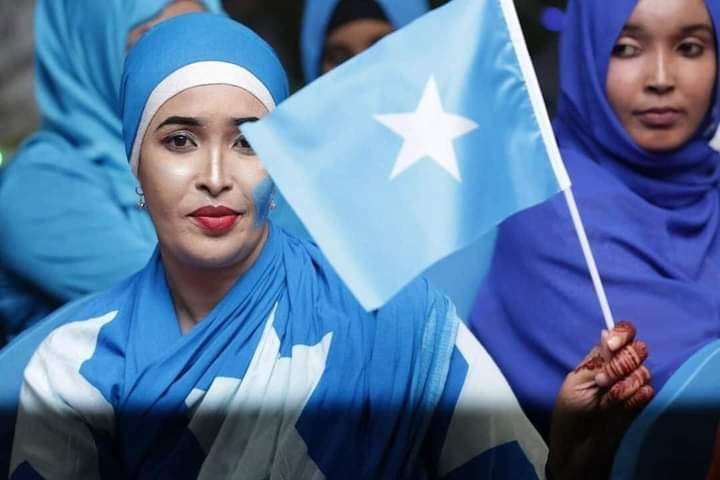
The Future of Somali Independence Day
As the Somali diaspora grows, celebrations will continue to spread. Social media and livestreams are already expanding how Independence Day is marked, with events reaching millions worldwide.
Conclusion
Somali Independence Day is a symbol of resilience, unity, and pride. It honours the sacrifices of those who fought for freedom in 1960 and continues to inspire generations worldwide.
From the streets of Mogadishu to community centers in Edmonton, Minneapolis, and London, Somali people celebrate with music, food, dance, and unity. It is a day that bridges the past and the future, reminding all Somalis that their shared history is a foundation for progress.
Happy Somali Independence Day!











